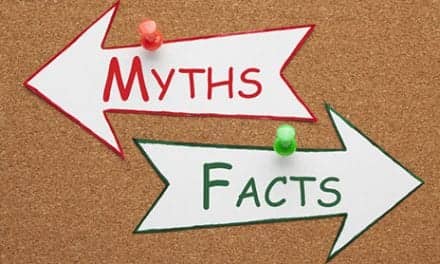A new clinical decision tree tool can be used by physicians to identify which patients who first present with a sports-related concussion are more likely to have a prolonged recovery, or experiencing symptoms for 28 days or longer, according to new research published in the American Journal of Physical Medicine & Rehabilitation (AJPMR).
Sports-related concussion are a common type of traumatic brain injury (TBI), especially among younger adults. Some patients recover quickly and return to normal activities, including sports, while others continue to experience symptoms for weeks or longer. Physicians need more effective tools to assess who is more likely to have lingering, debilitating symptoms, so they may plan more effective treatment strategies.
Investigators at Western University in London, Ontario examined 22 variables from the Sport Concussion Assessment Tool, 5th Edition (SCAT5) Symptom Evaluation using a decision tree analysis model. Their goal was to see which variables were most likely to predict prolonged concussion recovery when patients first present with symptoms.
“Early post-concussion, patients are often provided with reassurance that they will recover fully and quickly. While this advice is appropriate for the majority of people, others will experience more persistent symptoms. Early identification of higher risk individuals will help clinicians deliver the right treatment to the right person at the right time, and this will hopefully lead to improved outcomes for patients with concussion.”
— Heather MacKenzie, MD, SM, FRCPC, Assistant Professor, Department of Physical Medicine and Rehabilitation at Western University and one of the study’s co-authors
Decision Tree Analysis
There were 273 patients recruited for the study, including 52% male with a mean age of 21. All were initially assessed by either an emergency medicine or sports medicine physician within 14 days of their concussion. Investigators conducted a decision tree analysis of 22 symptoms from the SCAT5, and then assessed the final decision tree’s accuracy, sensitivity and specificity for predicting prolonged recovery.
Out of 22 symptoms, only two contributed toward prediction: patients reporting that they feel like they are “in a fog” and sadness. The confusion matrix yielded a statistically significant accuracy of 0.7636, a sensitivity of 0.6429, and a specificity of 0.8889. Its positive predictive value was 0.8571, and its negative predictive value was 0.7059.
These findings suggest that the decision tree model is highly accurate, and it could be used during initial clinical exams to identify patients with a higher risk of prolonged concussion symptoms.
“When clinicians know which patients are at high risk of experiencing a prolonged recovery, they can follow them more closely and prioritize them for specialized rehabilitation services. When patients know their projected time to recovery and risk level, they will know what to expect and can better plan for return to school, return to work, return to play and return to life,” McKenzie says.
[Source(s): Association of Academic Physiatrists, Newswise]





